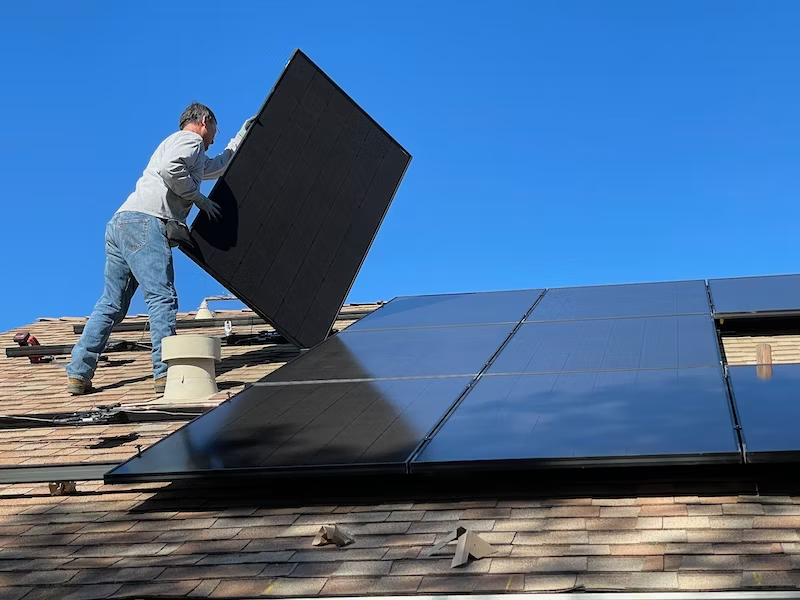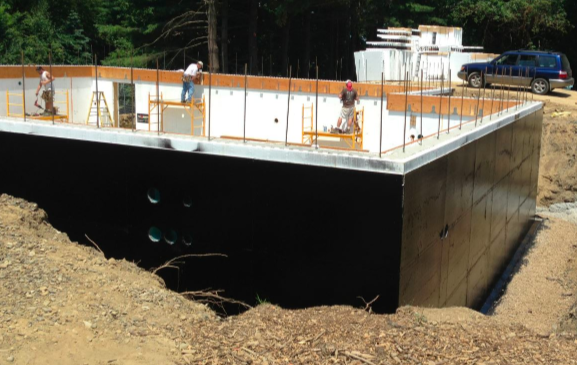
Controlling Commercial Construction Labor Costs with ICF
Controlling Commercial Construction Labor Costs with ICF

10 Green Building Construction Methods
Green building construction methods have emerged as options for not only reducing environmental footprints, but also cutting down energy expenses. These methods are based on eco-friendly practices and materials, and are aimed at promoting both environmental and economic sustainability.

A Complete Guide to Hurricane-Resistant Buildings

11 Healthy Building Products for New Home Construction

What is the Concrete Temperature Limit?
Concrete is a versatile and durable construction material that is predominantly used in both commercial and residential structures. It’s essential to understand concrete’s thermal properties, specifically its temperature limits, to optimize its strength and durability.
3 Reasons Why ICFs and Swimming Pools are a Great Match
There are many reasons to use ICFs for your new swimming pool, but here are our top three.

Insulated Concrete Forms: Pros and Cons

Energy Modeling as an ICF Design Tool

11 Benefits of Concrete House Construction

Your Guide to Building a Home With the Future in Mind
Some clients might want to leave the home to future generations of family members, while others may have a passion for environmental sustainability. Comments like that all point to the same thing: a client who wants a home designed with the future in mind. And, by keeping up with the latest developments in future-focused design, you can provide the solution.